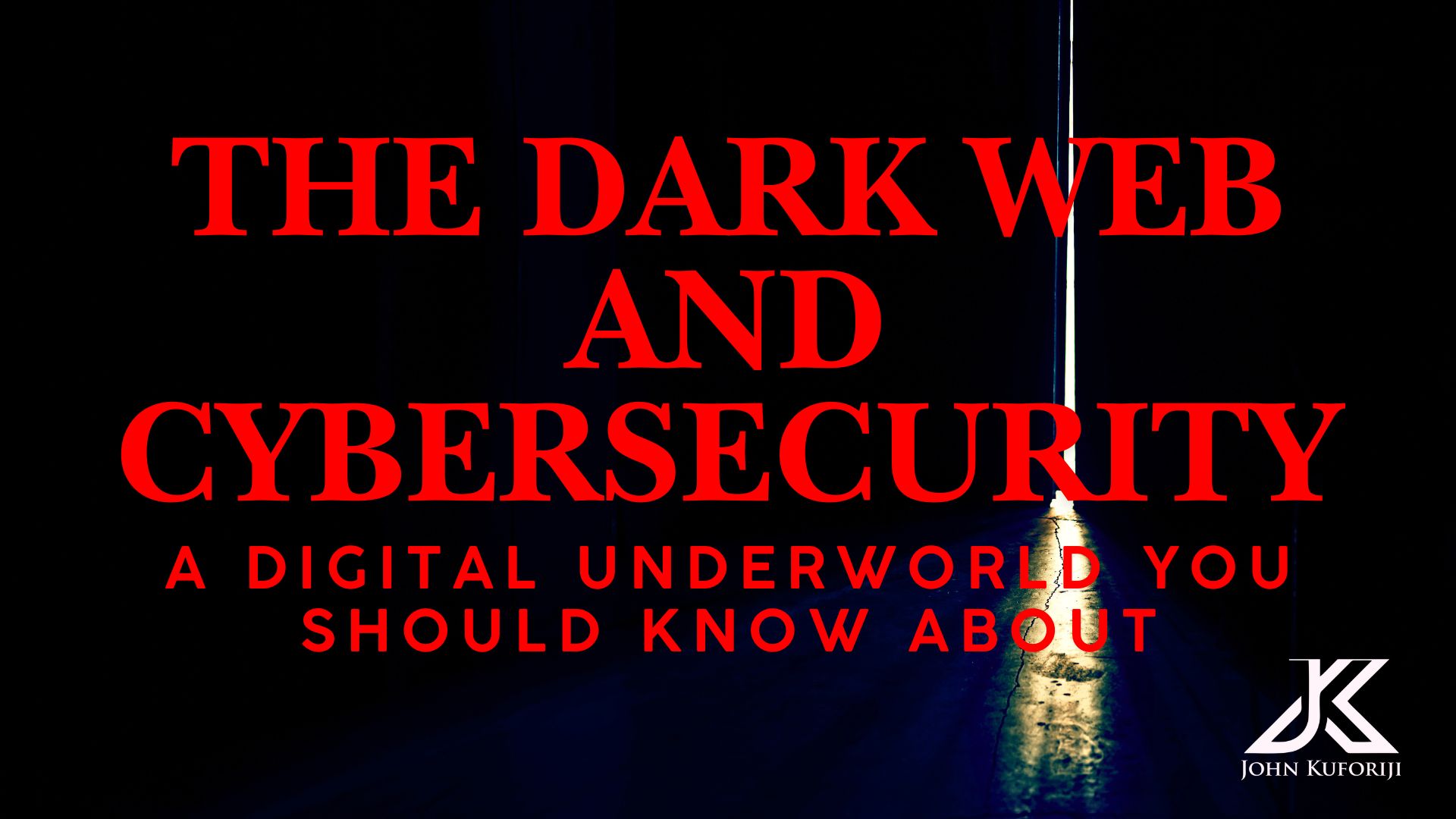
Growing up in Mokola, Ibadan, in the 90s, one of the bordering neighborhoods was Sabo. My parents would drive us through Sabo every day on our way to and from All Saints Church School, Jericho Ibadan (just typing that name brings back fond memories of how we proudly recited it whenever we got the chance).
Let me digress for a moment and share the lyrics of one of our school songs:
🎶 All Saints, little boys and girls, we shall make this school great (2x) 🎶 It is our duty… to make this school the best one in town.
While these memories make me smile, Sabo was quite the opposite—a place known for crime, hidden dealings, and lawlessness. We would often see police raids from our balcony on Mokola Hill, with teargas projectiles lighting up the night sky. Law enforcement struggled in Sabo because of its unpredictable terrain and hidden alleys, making it a haven for criminal activity.
Looking back, I realize Sabo was a lot like the dark web—a place that fascinated me as a child, yet one filled with danger, secrecy, and challenges for those trying to enforce the law.
Now, let’s dive into what makes the dark web so similar to that mysterious, hard-to-navigate world and how it affects cybersecurity today.
Understanding the Internet’s Three Layers
Just like cities have different neighborhoods, the internet is divided into three main layers:
Surface Web (The Safe and Open Neighborhoods)
- The part of the internet we use daily, indexed by search engines like Google and Bing. Examples: Websites like YouTube, Wikipedia, and online stores.
Deep Web (The Private, Restricted Areas)
- Hidden content not indexed by search engines but not illegal. Examples: Online banking, private databases, and medical records.
Dark Web (The Sabo of the Internet)
A small, hidden part of the deep web that requires special tools like the Tor browser to access. Known for: Anonymity, underground marketplaces, and difficult law enforcement access.
How Does the Dark Web Work?
Just as Sabo’s alleys and hidden spots made it difficult for the police to operate, the dark web uses encryption and anonymity to keep users hidden.
Why is the Dark Web Anonymous?
Tor Network Encryption – Routes traffic through multiple servers worldwide, making it nearly untraceable.
No Search Engine Indexing– Websites aren’t publicly listed like Google pages.
Cryptocurrency Transactions – Payments are made in Bitcoin or Monero to hide identities.
This level of secrecy is both a blessing and a curse—it protects whistleblowers and journalists in oppressive regimes but also enables cybercriminals.
How Does the Dark Web Relate to Cybersecurity?
Just like Sabo’s hidden activities, the dark web plays a major role in cybersecurity.
The Dark Web as a Cybersecurity Threat
Stolen Data Markets– Hacked passwords, credit card details, and ID documents are sold here.
Cybercrime Services– Hackers-for-hire, malware kits, and botnets for rent.
Illegal Marketplaces – Selling drugs, weapons, and even fake passports.
Example: After the Yahoo data breach (3 billion accounts compromised), much of the stolen data was found on dark web marketplaces.
The Dark Web’s Role in Cybersecurity Defense
Threat Monitoring– Security firms track stolen data and hacker activities.
Law Enforcement Operations – Agencies like the FBI conduct undercover takedowns (e.g., Silk Road).
Privacy Protection – Activists and journalists use it to communicate safely.
How to Protect Yourself from Dark Web Threats
Even if you never visit the dark web, your data could already be there. Here’s how to stay safe:
Use Strong, Unique Passwords– Avoid reusing passwords across accounts.
Monitor for Data Breaches– Use tools to check if your data is on the dark web.
Beware of Phishing Scams– Many attacks originate from stolen dark web databases.
Enable Multi-Factor Authentication (MFA) – Extra security against hacked credentials.
How to Check if Your Data is on the Dark Web
Want to know if your personal information is being sold? Use these trusted tools:
Have I Been Pwned? – Checks if your email/password was part of a data breach.
Mozilla Monitor – Alerts you to new breaches.
Experian Dark Web Scan – Searches for stolen Social Security numbers, emails, and phone numbers.
Should You Visit the Dark Web?
Much like Sabo in the 90s, visiting the dark web is risky.
❌ You could stumble onto illegal sites without meaning to.
❌ Many sites are scams or filled with malware.
❌ It’s not worth the risk unless you have a legitimate reason.
Instead of curiosity leading you into dangerous territory, focus on securing your own online privacy.
Conclusion: A Digital Sabo and the Battle for Cybersecurity
Looking back at Sabo, it was a world within a world—a place where law enforcement struggled and where those who knew the terrain could navigate safely. The dark web is no different. It’s a digital landscape that is both intriguing and dangerous, offering privacy to some and a playground for criminals to others.
For cybersecurity professionals, it’s an important battlefield—a place to track stolen data, disrupt illegal activities, and defend against cyber threats. For the average person, the best approach is awareness and prevention.
💡 Have you ever checked if your data has been leaked on the dark web? What cybersecurity steps do you take to stay safe? Let’s discuss!
#CyberSecurity #DarkWeb #OnlineSafety #DataPrivacy #CyberThreats #InfoSec #TechInsights
Disclaimer:
The reference to Sabo in this article is purely for illustration purposes to help explain the complexities of the dark web and cybersecurity. It is not a direct inference about those who live or have lived in Sabo, Ibadan.
The comparison is meant to highlight how certain environments—whether physical or digital—can be difficult to regulate, misunderstood, and sometimes associated with hidden activities. It does not define the people, culture, or broader community of Sabo.
This analogy is used solely to make cybersecurity concepts more relatable and easier to understand.
